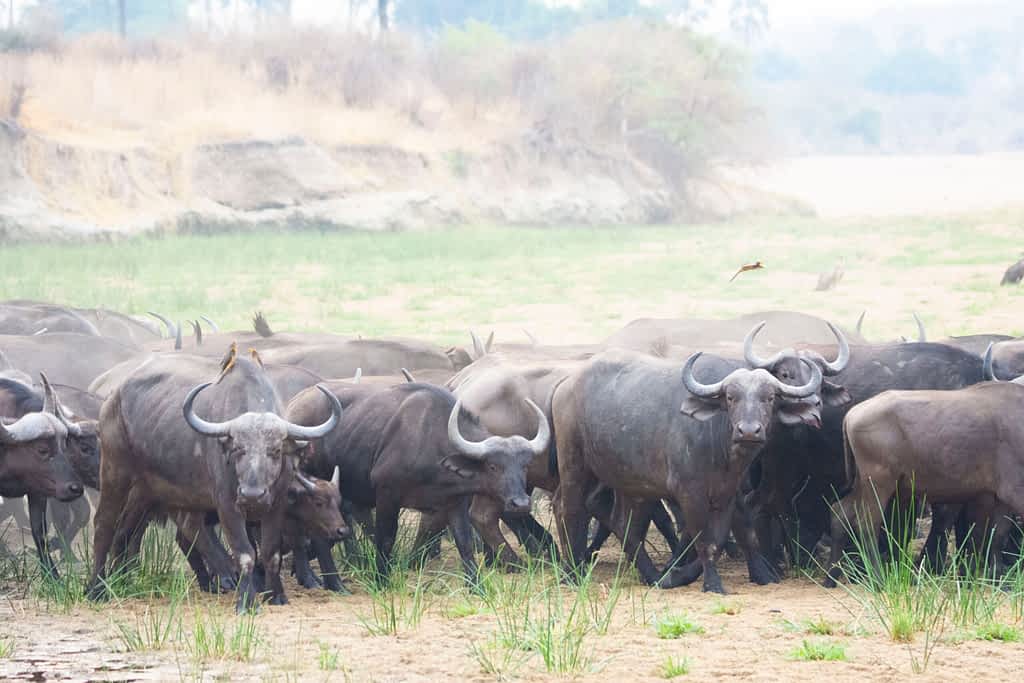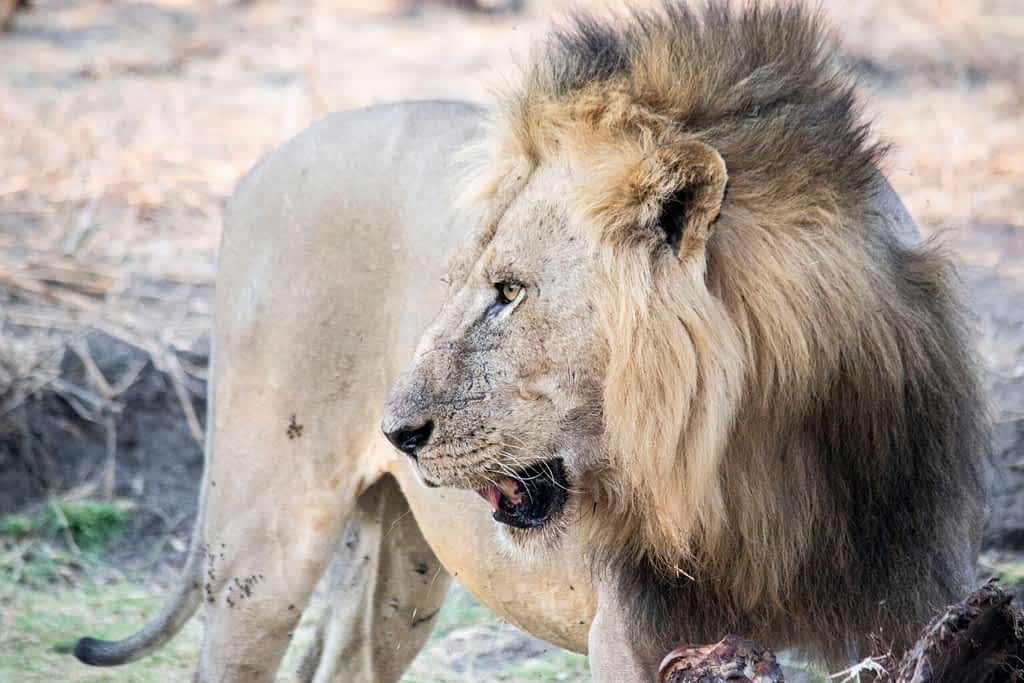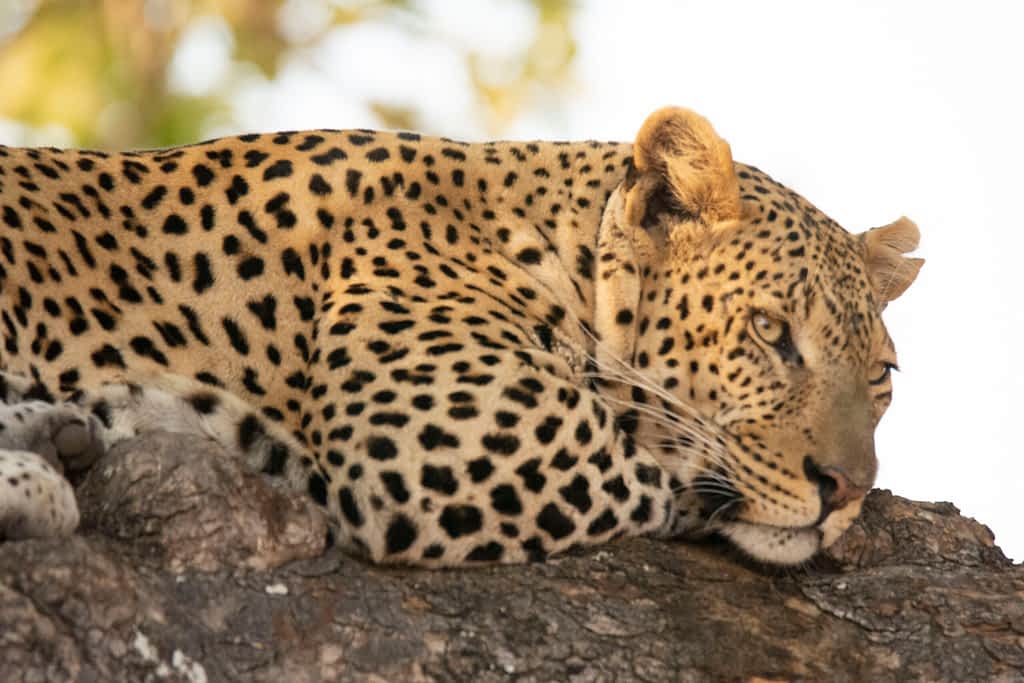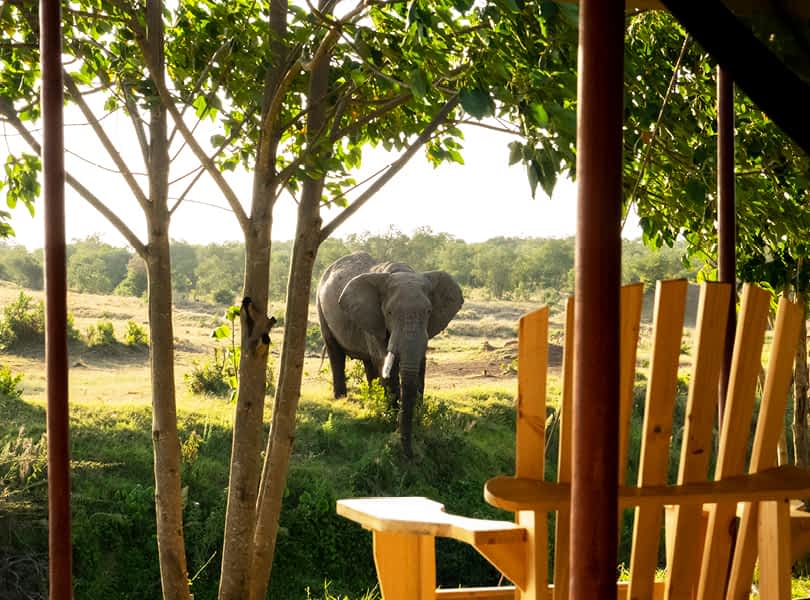

A Hidden Gem With Unique Unspoiled Landscapes
Located in the southern part of Tanzania, Ruaha National Park is one of the country’s most unspoiled and remote safari destinations. Spanning an impressive 20,000 square kilometers, it is one of Tanzania’s largest national park, yet only about 1% of the country’s safari visitors venture here. This exclusivity makes Ruaha the perfect choice for travelers seeking to escape the crowds and immerse themselves in a raw, untouched wilderness. While wildlife in Ruaha is more dispersed and sightings can be more challenging than in other parks, it remains an exceptional destination. It is particularly well-suited for seasoned safari travelers seeking a unique and less crowded experience, while also offering an introduction to Africa’s wilderness for first-time safari-goers.
Why Visit Ruaha National Park?
- Exceptional Biodiversity: Ruaha is home to large populations of elephants, lions, leopards, and giraffes, along with endangered species like African wild dogs and cheetahs. The park also has one of the largest concentrations of lions in Africa.
- Stunning Scenery: The park’s breathtaking landscapes include vast open plains, rocky escarpments, and dramatic kopjes. Ancient baobab trees, some thousands of years old, add a timeless beauty to the wilderness.
- Birdwatching Paradise: With over 570 bird species, including the rare Ruaha red-billed hornbill, the park is a haven for bird enthusiasts.
- Walking Safaris: Beyond game drives, Ruaha offers walking safaris, giving visitors the chance to explore its rugged terrain on foot and connect more intimately with its wild beauty.
Best Time to Visit Ruaha National Park
- January and February: This is a dry and hot season, excellent for birdwatching as migratory species from Asia and Europe arrive. The lush greenery remaining from earlier rains provides a picturesque backdrop, while game viewing is slightly more challenging compared to the height of the dry season. However, it remains rewarding.
- March: The long rains draw near. Wildlife becomes more dispersed, and the park begins to transition into the green season.
- April to May: This is the low tourism season in Ruaha National Park due to heavy rainfall. Many lodges and camps close during these months, and the risk of malaria is at its peak. It’s recommended to avoid visiting Ruaha during this period.
- June to October (dry Season): Wildlife gathers around the Great Ruaha River and other water sources, making animal sightings more consistent.
- November and December: These months mark the start of the green season in Ruaha. The rains are less intense during this time, making it an excellent opportunity to enjoy safaris. The park’s landscapes are at their lushest, and the arrival of migratory birds ensures exceptional birdwatching. This season offers a vibrant and colorful safari experience.
Beyond the Wildlife
Ruaha plays a significant role in conservation and community support. Established in 2005, the park generates revenue from tourism to fund local development projects, create jobs, and provide sustainable livelihoods for surrounding villages. By visiting Ruaha, travelers contribute directly to these critical efforts, ensuring the park’s ecosystems and neighboring communities thrive for generations to come.one



















